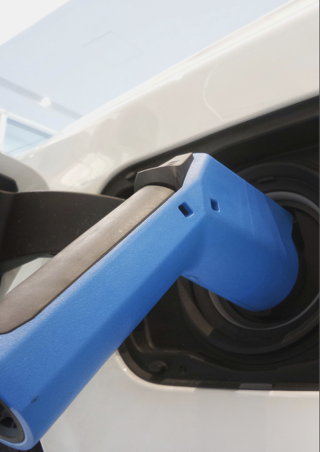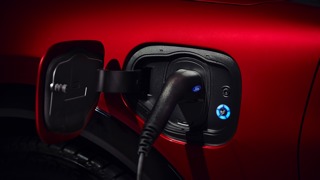By Paul Holland, MD of UK Fuel at Allstar Business Solutions
The UK has gone from having less than 7,000 charging points in 2016 to having more than 30,000 at time of writing (March 2022), with a growing number of rapid and ultra-rapid chargers.
That doesn’t count private charging points, and it excludes the fact that an adapter can turn any wall outlet into a charging point for certain vehicles.
Anyone managing a fleet will need to be mindful of the need to make the switch to electric vehicles (EVs) as in eight years the UK will stop selling new internal combustion engine vehicles and staff will be increasingly using their own EVs to travel to and from work.
With some companies already installing charging points for their employees, how will this be managed? Let’s look at some of the current challenges and how charging technologies, digital solutions and practical facility management is solving them.
Setting up fleet charging
Companies that have a fleet of vehicles will need to make some adjustments to fully accommodate EVs.
A common barrier to entry has been range anxiety, however manufacturers have been working to reduce this dramatically.
Many have already started the transition, while the likes of BP, BT, Direct Line Group, Royal Mail, Scottish Power, Severn Trent and Tesco pledged to convert their fleets to EVs by 2030.
Creating an all-EV fleet could be a challenge for businesses practically as well as financially due to the initial outlay required for the infrastructure and vehicles themselves.
However, there are grants currently available, and with careful planning and updates to company policies, it can be very valuable.
Managing home charging
The concept of facilities management has been turned on its head for many companies over the past two years as office staff began working from home – suddenly a company’s ‘facilities’ were everywhere.
It will be a similar story when EVs become truly mainstream because of the convenience that home charging stations bring.
For example, there are solutions available on the market that can ease any administrative pain points by integrating with home and work charging points to accurately capture energy costs.
These advanced solutions credit payment for the energy used while charging at home for business purposes directly to their energy provider, eliminating what can be a cumbersome expense reimbursement process. This makes paying for re-charging accurate and easy for both staff and employers.
Preparing for an EV future
The technology, infrastructure, and administrative systems for running a company with an EV fleet is improving all the time, reducing the price of installing charging points and increasing the range of EVs.
When preparing for their integration, opt for a provider that will give your company maximum flexibility and oversight when paying for vehicle charging.
Consider too the network coverage that providers can offer, particularly if your vehicles will be needing on the road charging or travel significant distances regularly.
Given the fuel and cost savings your company will make by switching to EVs, there’s no better time to switch than now.
From Fleet News
> Interested in comparing electric vehicle data? Check out our EV tool.
> Interested in ensuring the efficient use of EVs. Check out our dedicated editorial sections: Insight & policy | EV news | Charging & infrastructure | Costs & incentives | Benefit-in-kind | EV case studies | EV road tests





















Login to comment
Comments
No comments have been made yet.